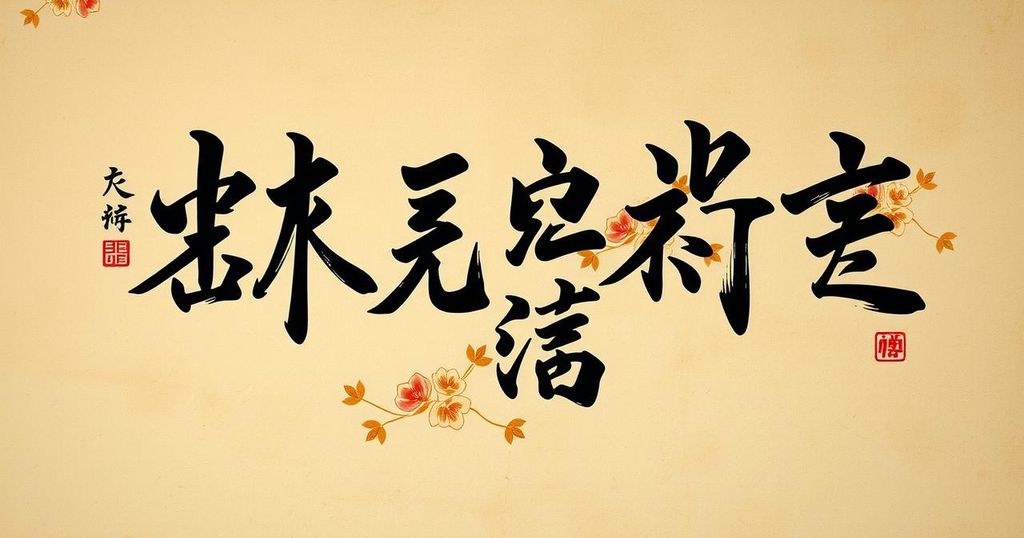744 Letters Reveal Japanese Students’ Gratitude for U.S. Aid Post-1923 Quake

Researchers have uncovered 744 letters from Japanese students expressing gratitude for U.S. aid after the 1923 Great Kanto Earthquake. President Coolidge’s prompt response included sending relief supplies and encouraging public donations. This historical correspondence highlights humanitarian efforts and the complexities of disaster diplomacy during a time of rising anti-Japanese sentiment in the U.S.
A recent discovery revealed 744 letters from Japanese students expressing gratitude towards U.S. aid following the 1923 Great Kanto Earthquake. These letters were found in the United States and are the focus of a Tohoku University research team, which aims to connect with the descendants of the students who wrote them to understand how and why these letters were sent.
In response to the earthquake, President Calvin Coolidge expedited U.S. assistance on September 1, 1923. He communicated his condolences to Emperor Taisho, deployed the U.S. Navy’s Asiatic Fleet to transport relief supplies, and called for public donations to aid the victims in Japan. This swift action led to the delivery of vital supplies, such as 6,000 beds and 750 tons of food, with total donations amounting to $10.6 million, equivalent to over ¥10 billion today, acknowledging a significant humanitarian response.
The letters of appreciation from Japanese students had been unaccounted for until a 2023 finding linked them to a descendant of President Coolidge in Vermont. Researchers documented 744 letters from students across Japan, who responded to a call from the Japan Students Association for letters of gratitude. Participants included students from universities and secondary schools in affected areas as well as those from regions like Tohoku and Kyushu, emphasizing a national effort.
The context of U.S. aid coincided with rising anti-Japanese sentiments in America. Researcher Atsushi Kawauchi speculated that this assistance could be viewed as part of “disaster diplomacy” aimed at mending bilateral relations. He also suggested that the Japanese government might have facilitated this initiative to strengthen friendships across borders through the correspondence.
Ken Yoshino, involved with the World Bosai Forum, highlighted a desire to utilize these historical interactions to foster international cooperation in disaster prevention and promote peace. The research team plans to present their findings at the World Bosai Forum 2025 in Sendai, inviting anyone with information about the letters to reach out via email.
The discovery of 744 letters from Japanese students to the U.S. following the 1923 earthquake serves as a powerful reminder of historical humanitarian efforts. President Coolidge’s prompt response facilitated not only relief supplies but also an avenue for friendship between the U.S. and Japan, illustrating the importance of collaboration in times of crisis. The ongoing research may further illuminate the cultural impact of this initiative and its relevance to contemporary global relationships in disaster prevention.
Original Source: japannews.yomiuri.co.jp







